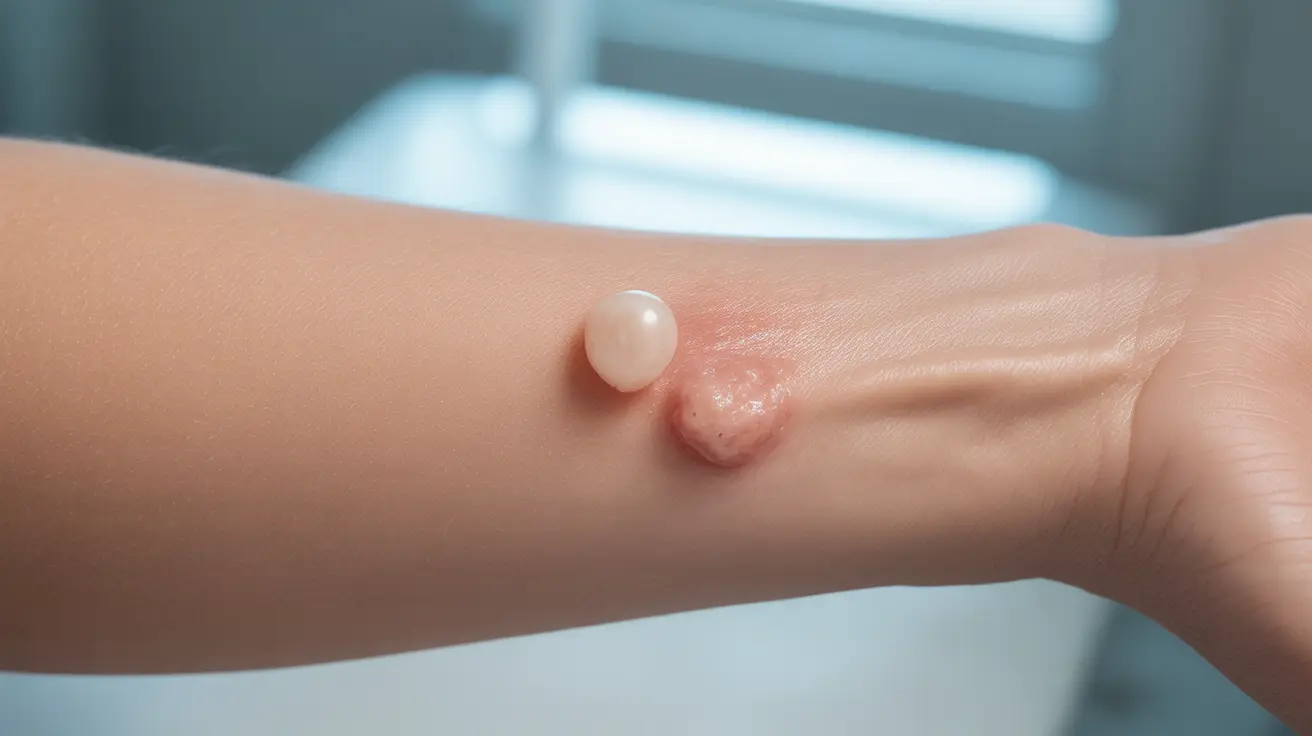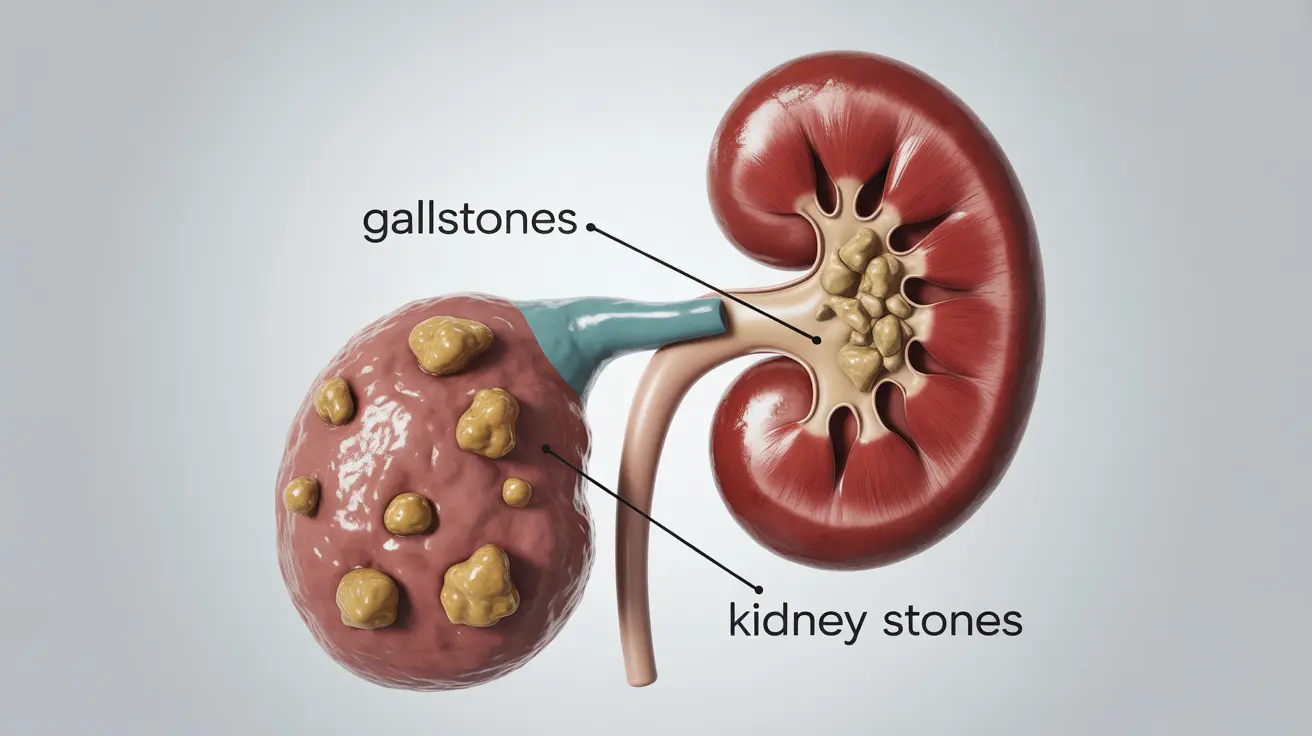Recognizing the early signs of a stroke can mean the difference between life and death. Every minute counts when someone is experiencing a stroke, as quick medical intervention can significantly improve outcomes and reduce long-term complications. Understanding these warning signs is crucial for everyone, as strokes can affect people of all ages and backgrounds.
This comprehensive guide will help you identify stroke symptoms early, know exactly what actions to take, and understand the importance of immediate medical care. We'll also explore prevention strategies and the distinction between different types of strokes.
Critical Warning Signs of a Stroke
The medical community uses the acronym FAST to help people remember the most common early signs of a stroke:
- Face: One side of the face droops when smiling
- Arms: Weakness or numbness in one arm when raising both
- Speech: Slurred or confused speech
- Time: Time to call emergency services immediately
Additional early warning signs that shouldn't be ignored include:
- Sudden severe headache
- Unexpected dizziness or loss of balance
- Vision problems in one or both eyes
- Confusion or difficulty understanding others
- Sudden numbness, especially on one side of the body
Immediate Actions for Suspected Stroke
When you notice potential stroke symptoms, taking immediate action is crucial:
- Call emergency services (911) immediately
- Note the time symptoms first appeared
- Stay with the person and keep them calm
- Do not give them food, drink, or medication
- Have them lie down if they show balance problems
- Gather information about their medications and medical history
Types of Strokes and Emergency Treatment
Ischemic Stroke
This most common type of stroke occurs when blood vessels in the brain become blocked. Emergency treatment typically involves clot-busting medications like tPA (tissue plasminogen activator), which must be administered within a specific time window for best results.
Hemorrhagic Stroke
Caused by bleeding in the brain, this type requires different emergency interventions, potentially including surgery to repair damaged blood vessels and medication to control bleeding and reduce brain pressure.
Stroke Prevention and Risk Reduction
Several lifestyle modifications can significantly reduce stroke risk:
- Managing blood pressure through diet and medication
- Controlling diabetes
- Maintaining healthy cholesterol levels
- Regular physical activity
- Quitting smoking
- Limiting alcohol consumption
- Eating a balanced, heart-healthy diet
- Maintaining a healthy weight
Understanding TIA vs. Full Stroke
A Transient Ischemic Attack (TIA), often called a mini-stroke, produces similar symptoms but typically resolves within 24 hours. However, it should never be ignored as it often serves as a warning sign for an impending full stroke.
Frequently Asked Questions
- What are the early warning signs and symptoms of a stroke that I should watch for?
The key early warning signs include facial drooping, arm weakness, slurred speech (FAST), sudden severe headache, vision problems, dizziness, and numbness or weakness, particularly on one side of the body.
- What should I do if I notice someone showing possible signs of a stroke?
Call emergency services (911) immediately, note when symptoms started, keep the person calm and still, and don't give them anything to eat or drink while waiting for help.
- How are different types of strokes diagnosed and treated in an emergency?
Emergency teams use brain imaging (CT or MRI scans) to determine the type of stroke. Ischemic strokes are treated with clot-busting medications, while hemorrhagic strokes may require surgical intervention and medications to control bleeding.
- What lifestyle changes can help prevent strokes and reduce my risk?
Key prevention strategies include managing blood pressure and diabetes, maintaining healthy cholesterol levels, regular exercise, quitting smoking, limiting alcohol, eating a healthy diet, and maintaining a healthy weight.
- Are there differences between a mini-stroke (TIA) and a full stroke, and how are they managed?
While a TIA produces similar symptoms to a full stroke, these symptoms typically resolve within 24 hours. However, TIAs require immediate medical attention as they often indicate high risk for a future full stroke. Both conditions need emergency evaluation and appropriate medical intervention.




